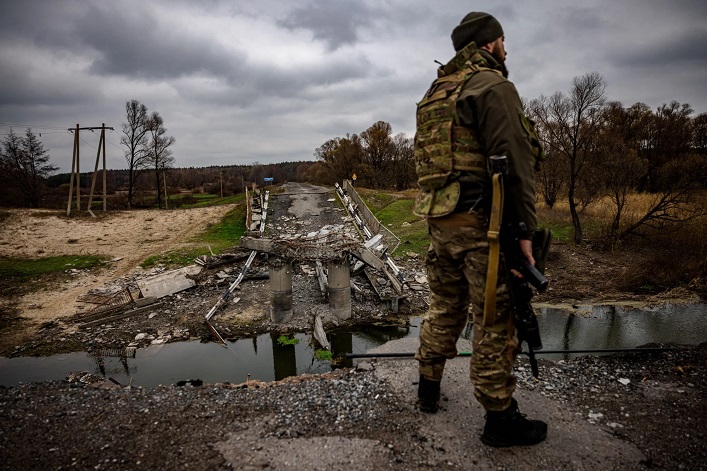The JPMorgan Center for Geopolitics predicted that at the offensive’s current pace it will take Russia about 118 years to gain control over the entire territory of Ukraine. Therefore, Putin will likely seek an agreement that allows him to move closer to his primary goal – establishing control over Kyiv.
The Center for Geopolitics notes that “Europe is running out of weapons, Ukraine is running out of defense forces, the US is running out of patience, and transatlantic unity is on the verge,” and that President Zelenskyy will probably be compelled to accept a deal with Russia that freezes hostilities without achieving comprehensive peace.
Analysts have identified four possible scenarios:
- The best-case scenario, termed South Korea (15% probability), assumes that Zelenskyy will not gain NATO membership or the full return of Ukraine’s lost territories. Nonetheless, Ukraine will have European deterrent forces backed by American security guarantees.
- In the Israel scenario (20% probability), Ukraine will receive strong military and economic support without a significant presence of foreign forces. This will enable the state to act as a resilient fortress with its own deterrent capabilities.
- The Georgia scenario (50% probability) predicts that Ukraine will endure a prolonged period of instability, sluggish economic development, decreased international aid, and diminished chances for full membership in Western alliances, leading to a “gradual return to the Russian Federation’s orbit.”
- In the worst-case scenario, Belarus (15% probability), the US will stop supporting Ukraine or be perceived as having abandoned it, while Russia will remain resolute in its maximalist demands for Ukraine’s total surrender, relegating the country to Moscow’s vassal state.
